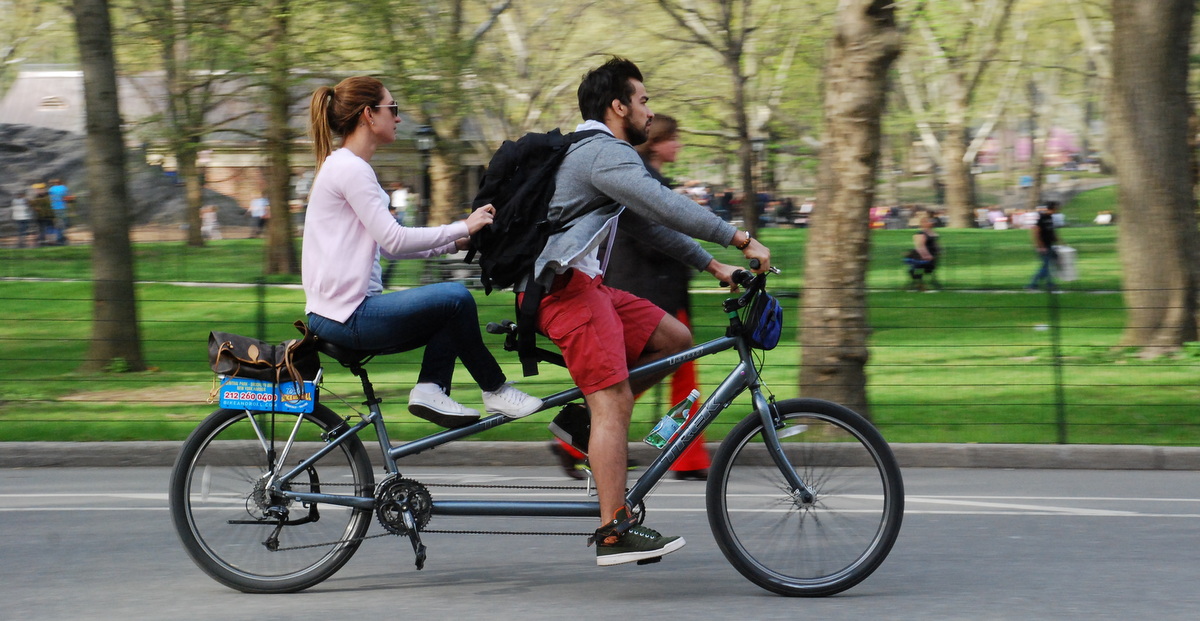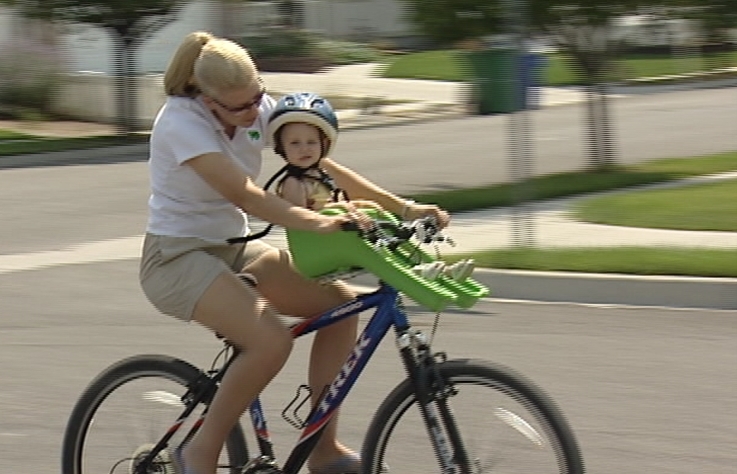Many cars, at a given time, may have the same amount of passengers as a bike, but cars still out number those bikes by a long shot.
On a metro basis, this is true.
But bikes regularly outnumber cars in some areas of Toronto at bike peak.
Examples:
More bikes than cars at Bathurst-Adelaide
More bikes than cars at Bathurst-Adelaide
and
More bikes than cars on College
More bikes than cars on College
Ditto for New York city; some streets in NYC amazingly has bike rush hour traffic that
outnumbers cars today on those streets.
NEW YORK CITY!
Stunning growth of bikes in New York City
Stunning growth of bikes in New York City
That's New York City.
Read that again.
New York City.
You are right however, on a
Toronto metro-wide average.
But surgically, some locations of Toronto now has massive bike peak.
We need major improvements in
downtown bike infrastructure,
stat, because of the continuing
unstoppable condo explosion, full stop. More protected cycle tracks. Improved and bigger bike sharing system (e.g. SoBi, which allows off-station docking at ordinary bike racks, no full-dock worries). Better markings through intersections. Improved safety. There is no argument.
A car lane can only handle 2,000 cars per hour, tailgating each other at less than 2 seconds (There's only 3600 seconds in 1 hour). Due to stoplights and traffic, it is often less than 1000. As you can see, in the diagram above, a narrow bike lane on College is pushing more bikes through than cars! Efficiency of downtown street people-pushing density has now become: Public Transit, then Bikes, then Cars.
Population density downtown is getting incredible. Condos will continue.
It is really Homer Simpson No-Brainer for downtown.
Even as a car-owner, I say -- bring on the downtown bike infrastructure!








